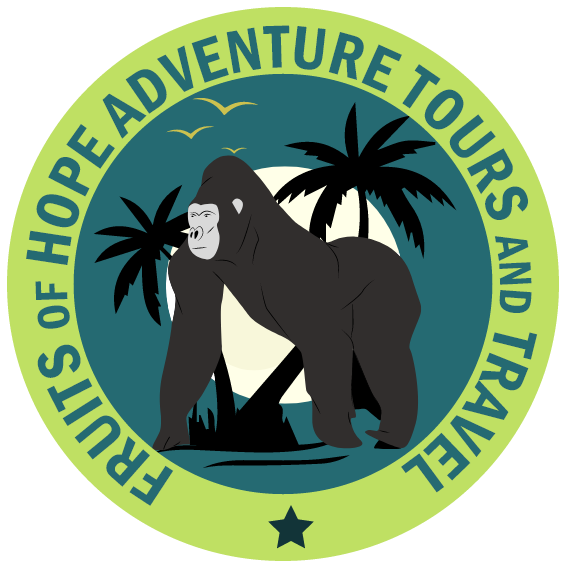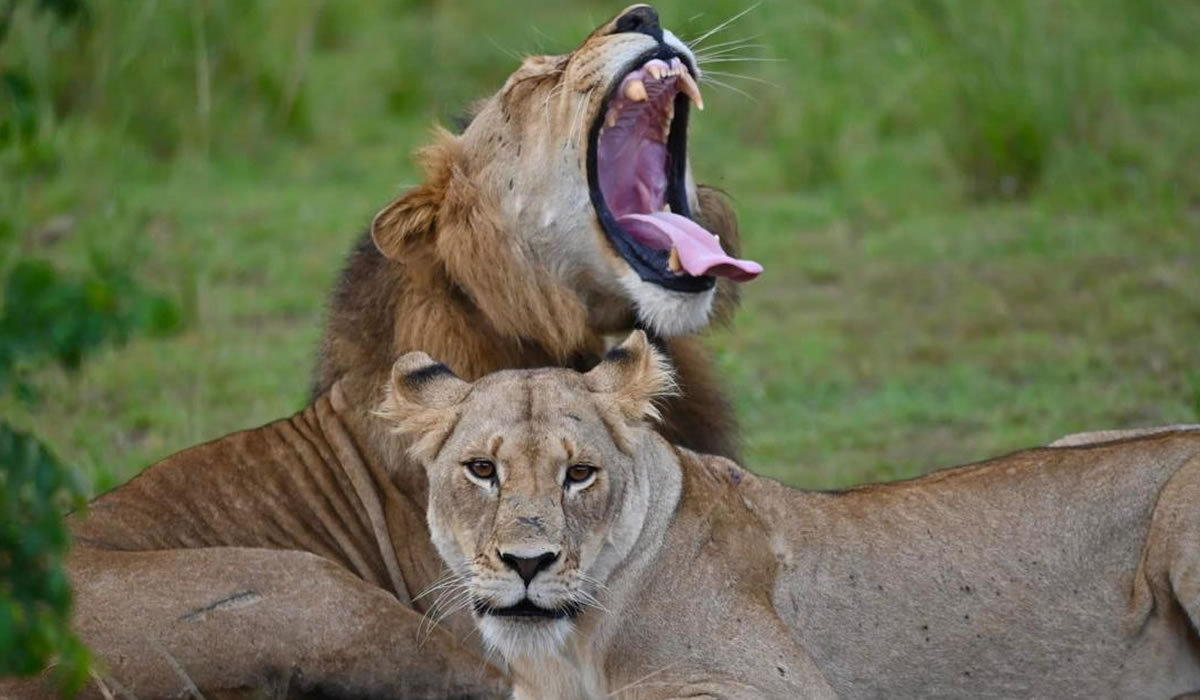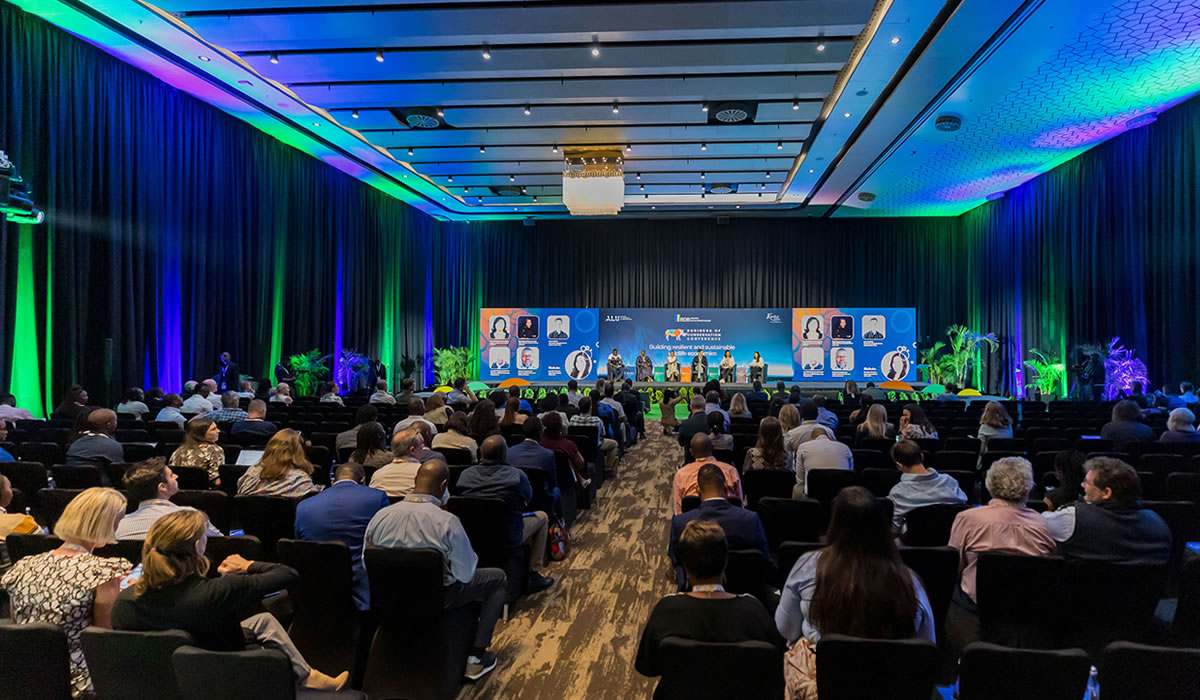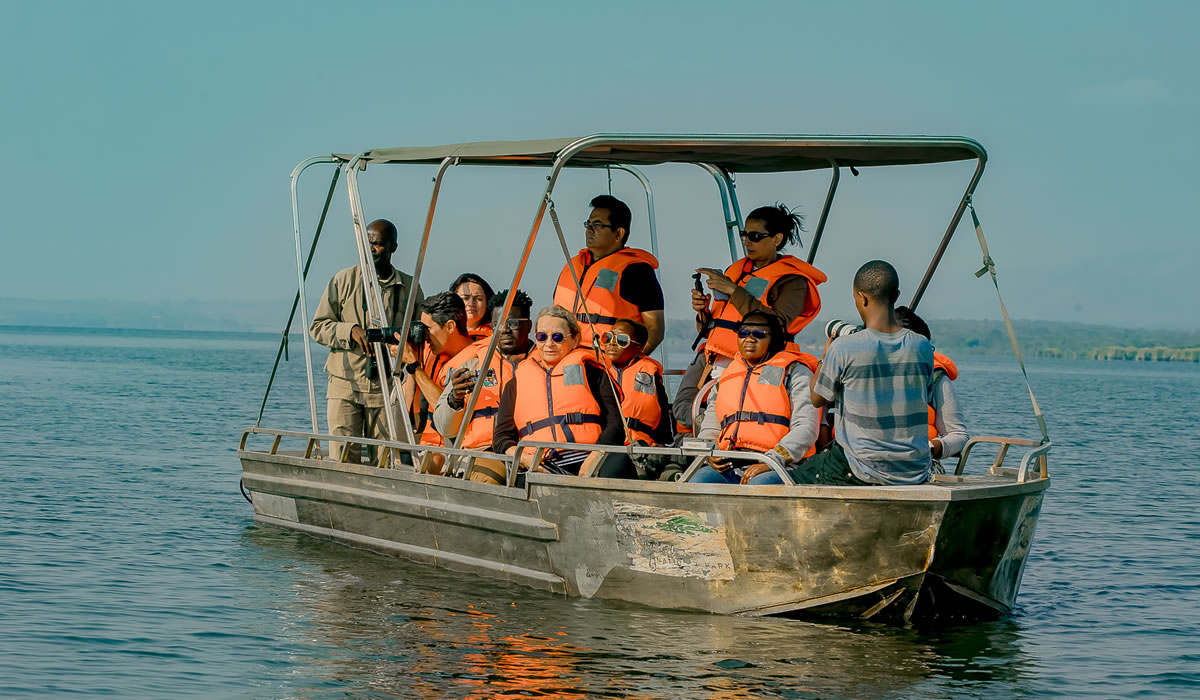Akagera National Park, located in the eastern part of Rwanda, is a haven for wildlife…
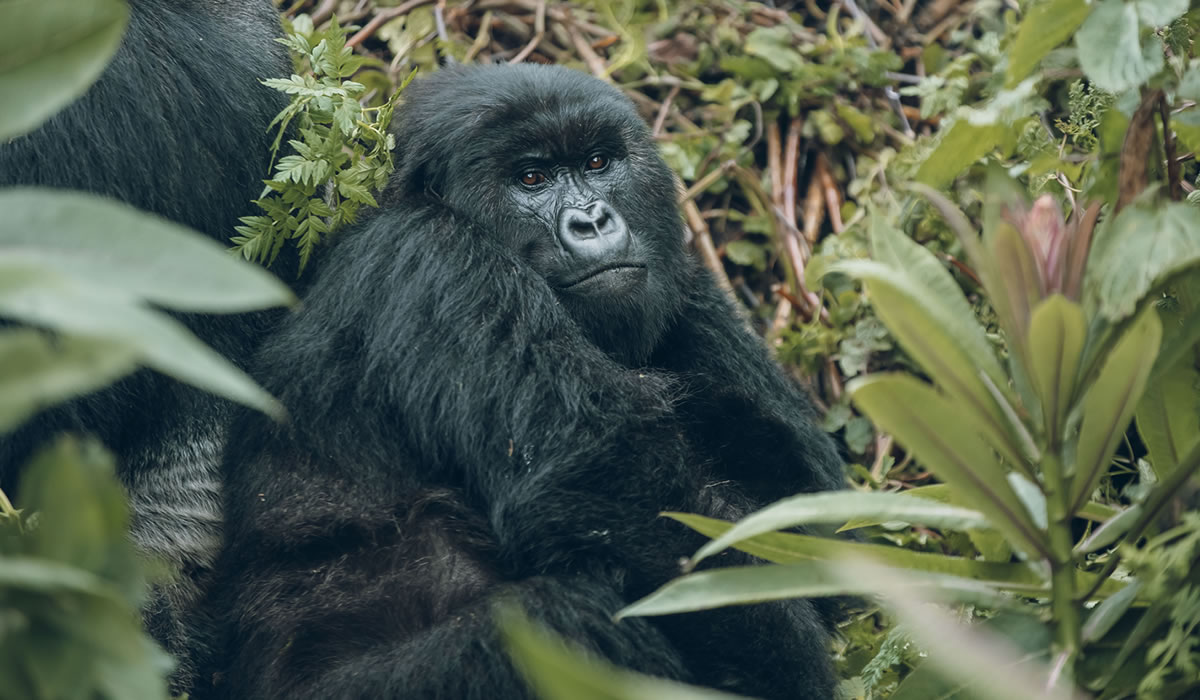
How Much Does Gorilla Trekking in Rwanda Cost?
Gorilla Trekking in Rwanda is one of the most thrilling wildlife adventures in the world. The chance to come face to face with the endangered mountain gorillas in their natural habitat attracts travellers from across the globe. But as exciting as the experience is, it also comes with a significant price tag. Rwanda is known for offering a high-end gorilla trekking experience, with prices reflecting the country’s focus on conservation, exclusivity, and sustainable tourism. If you’re planning a visit and wondering How Much Does Gorilla Trekking in Rwanda Cost?, this comprehensive guide breaks down everything you need to know, from gorilla permit prices and accommodation costs to transportation and tour packages.
The Cost of a Gorilla Trekking Permit in Rwanda
The biggest portion of your gorilla trekking budget will go toward the gorilla trekking permit, which is mandatory for all visitors who wish to trek with mountain gorillas in Volcanoes National Park. As of now, the cost of a gorilla trekking permit in Rwanda is $1,500 per person per trek for foreign non-residents.
This fee includes:
- One hour with a habituated gorilla family
- Park entry fees
- Services of a professional guide and trackers
- Conservation contributions
- Community support initiatives
Rwanda’s gorilla permit is among the most expensive in Africa. The high price is part of a deliberate strategy to limit visitor numbers, minimize environmental impact, and ensure a high-quality, low-volume tourism experience. It also helps fund vital conservation programs and community projects, benefiting both gorillas and the people living near the park.
Discounts and Special Permit Offers
While the standard permit fee is $1,500, Rwanda occasionally offers discounted permits during promotional periods, especially to encourage regional tourism or travel during low seasons.
For instance, citizens and residents of East African Community (EAC) member states enjoy lower rates, sometimes as low as $200 to $500, depending on the promotion. African Union citizens and foreign residents living in Rwanda may also qualify for reduced rates. However, these discounts are subject to change and availability, so it’s important to check with the Rwanda Development Board (RDB) or a reputable tour operator for the latest pricing and eligibility.
Gorilla Trekking Tour Packages
Most travelers opt for all-inclusive gorilla trekking packages arranged by tour operators. These packages typically include the cost of the gorilla permit, accommodation, meals, transportation, park fees, guide services, and sometimes cultural excursions or visits to nearby attractions.
Here’s a general breakdown of what a gorilla trekking tour package in Rwanda may cost:
- Budget tour package (2–3 days): $2,000–$2,500 per person
- Mid-range tour package (3–5 days): $2,500–$4,000 per person
- Luxury tour package (3–5 days): $4,500–$8,000+ per person
Prices vary depending on your lodge choice, vehicle type, group size, and the time of year. High-end packages typically include stays in luxury lodges such as Bisate Lodge, One&Only Gorilla’s Nest, or Sabyinyo Silverback Lodge, all of which offer exceptional service and scenic views near Volcanoes National Park.
If you’re looking for value without sacrificing comfort, mid-range lodges like Mountain Gorilla View Lodge, Le Bambou Gorilla Lodge, or Da Vinci Gorilla Lodge provide excellent accommodation and hospitality at a more reasonable cost.
Additional Costs to Consider
While the gorilla permit and tour package cover most expenses, there are a few additional costs that travelers should keep in mind:
- Transportation
Most gorilla trekking trips start in Kigali, Rwanda’s capital city. Volcanoes National Park is located about 100 to 130 kilometers from Kigali and takes roughly 2.5 to 3 hours by road.
If you’re arranging your own travel, you can hire a private car and driver for approximately $100 to $200 per day, depending on the vehicle type. Some travelers opt for car rental services, but it’s generally safer and more convenient to use a guided tour that includes transfers.
For travelers already in Rwanda for other purposes or regional tourists, local transport options may be more affordable, but the journey to the park should always be planned with caution due to the terrain and rural roads.
- Accommodation Before and After the Trek
Even if you’re only doing a one-day trek, it’s recommended to arrive in the park area a day early to acclimate and attend the pre-trek briefing. Accommodation costs vary depending on the lodge category:
- Budget lodges and guesthouses: $50–$150 per night
- Mid-range lodges: $150–$300 per night
- Luxury lodges: $500–$2,000+ per night
Most lodges are located in or near the towns of Kinigi and Musanze, which are just a short drive from the Volcanoes National Park headquarters.
- Tips and Gratuities
Tipping is customary and appreciated by the people who make your gorilla trekking experience memorable. You may want to budget:
- $10–$20 for your guide
- $5–$10 for your driver
- $10–$20 for porters who help carry your backpack or support you during the trek
- $5–$15 for lodge staff, depending on the level of service
While tipping is not mandatory, it’s a great way to support the local community.
- Porter Services
Hiring a porter is highly recommended even if you’re physically fit. Porters can carry your daypack, help you navigate steep terrain, and provide support if the trail becomes challenging. A porter typically costs around $10 to $20, and the money goes directly to local workers, many of whom were once involved in poaching or live near the park.
- Meals and Drinks
If you’re not on a package tour, you’ll need to budget for meals. Most lodges include full board (breakfast, lunch, and dinner), but if not, meals can range from $10 to $30 per person at local restaurants. Drinks, especially alcohol, are often charged separately.
- Travel Insurance and Permits
Travel insurance is essential for any international trip, but especially for gorilla trekking due to the physical demands of the activity. Your insurance should cover medical emergencies, evacuation, trip cancellations, and trekking-specific incidents.
Also, ensure your visa to enter Rwanda is arranged in advance. A Rwanda single-entry tourist visa costs $50, while the East Africa Tourist Visa (valid for Rwanda, Uganda, and Kenya) costs $100.
Best Time for Gorilla Trekking in Rwanda
Rwanda offers year-round gorilla trekking, but the best time to visit is during the dry seasons, from mid-December to early February and June to mid-September. These months provide better trail conditions and more comfortable trekking weather. However, permit availability is limited during peak season, so it’s essential to book at least 3 to 6 months in advance.
Travelling during the low or rainy season (March to May and October to November) may offer slightly lower accommodation rates and fewer crowds, but trails can be muddy and trekking more strenuous.
Why Is Gorilla Trekking in Rwanda So Expensive?
Some travellers wonder why Rwanda’s gorilla trekking permits are more expensive than those in neighbouring Uganda ($800) or the Democratic Republic of Congo ($400–$450). The answer lies in Rwanda’s focus on quality over quantity.
By keeping visitor numbers low and prices high, Rwanda ensures:
- Minimal environmental impact
- Exceptional visitor experiences
- More funding for conservation efforts
- Increased community benefits
This approach has positioned Rwanda as a luxury eco-tourism destination, and many travelers are willing to pay more for the combination of safety, infrastructure, and premium service.
Is Gorilla Trekking in Rwanda Worth the Cost?
While the price may seem high at first glance, the experience of standing just a few meters from a majestic silverback or watching playful young gorillas is something that stays with you for life. Your permit fee not only grants you access to a unique wildlife encounter but also supports critical conservation efforts and improves the livelihoods of local communities.
Rwanda’s commitment to responsible tourism ensures that your visit leaves a positive impact on both the gorillas and the people who live near them. From the clean, safe streets of Kigali to the warm hospitality of rural communities and the breathtaking beauty of Volcanoes National Park, every part of your journey is thoughtfully managed and rewarding.
So, how much does gorilla trekking in Rwanda cost? On average, a 3-day gorilla trekking trip to Rwanda will cost anywhere from $2,500 to $6,000 per person, depending on your travel style, accommodation choice, and additional activities. While it’s undoubtedly a premium experience, it’s also one of the most unforgettable adventures you can have on the African continent.
If you’re looking for an organized, eco-conscious, and high-quality wildlife experience, gorilla trekking in Rwanda is worth every dollar. With proper planning and the right tour operator, you can make the most of this once-in-a-lifetime opportunity.
